Concept and Planning
The story of Burj Al Arab began with a singular goal: to create a building that would not just define the city of Dubai, but an entire era of Middle Eastern innovation. The Crown Prince of Dubai envisioned a structure that would become an international symbol of Dubai and commissioned British architect Tom Wright to bring his vision to life. Its form pays homage to the Dhow, the traditional sailing vessel of the Arabian Gulf, honouring the region’s maritime heritage while embracing futuristic design. The homage is also deeply functional: the building's sail-shaped structure and orientation are designed to disperse heat and keep guests cool during the sweltering summer season.
Step inside and you’ll discover the 180-metre-high atrium, flanked by towering golden columns and bathed in filtered sunlight thanks to its translucent fibreglass façade. The entire hotel operated by Jumeirah is a structural marvel, where exposed trusses and dramatic geometric forms turn engineering into artwork. Adding to its grandeur, the interiors are clad in 30 varieties of statuario marble – the same type of natural stone Michelangelo chose for his Renaissance masterpieces. Each surface tells a story, not just of luxury, but of reverence for material and form.
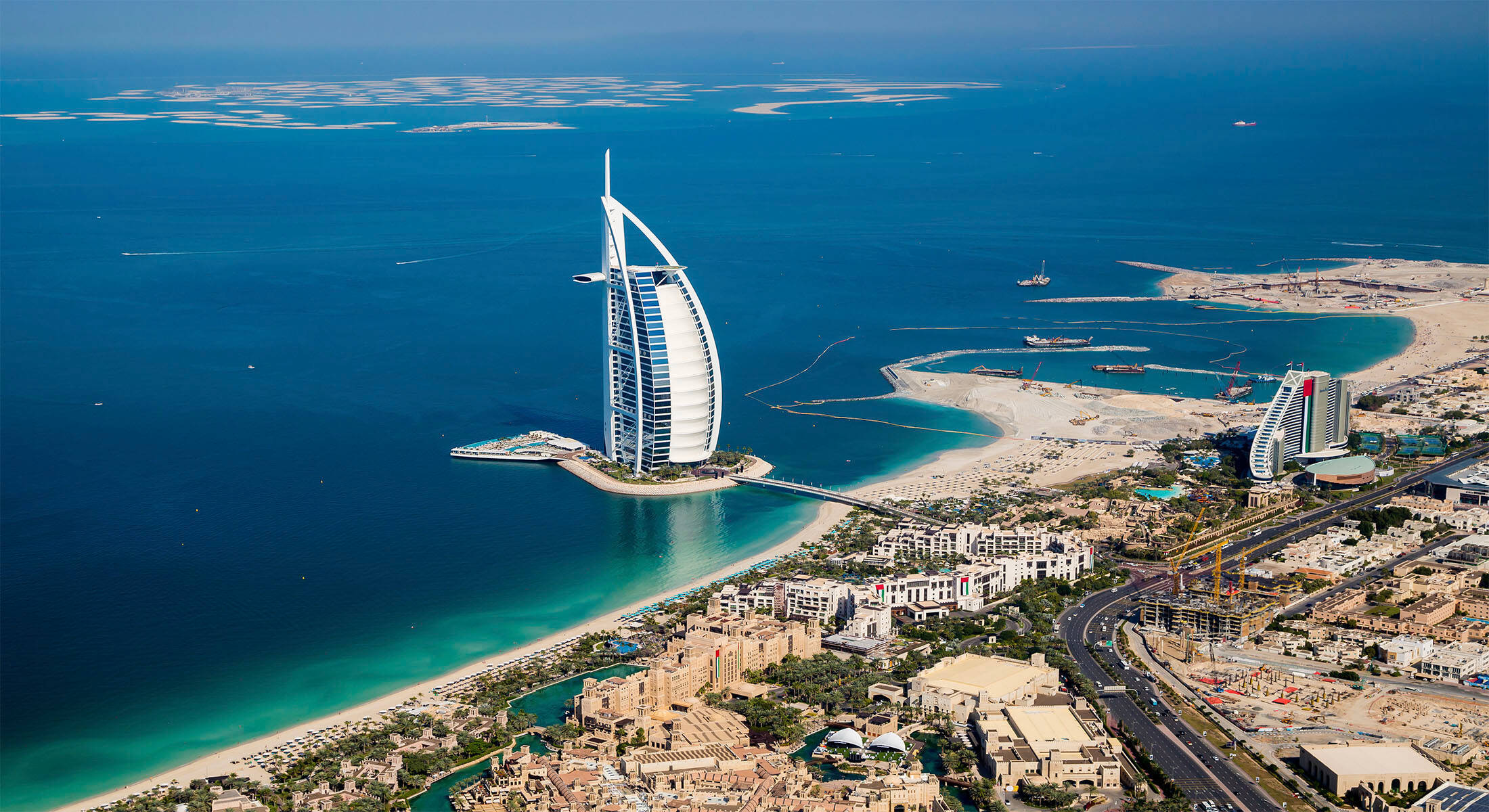
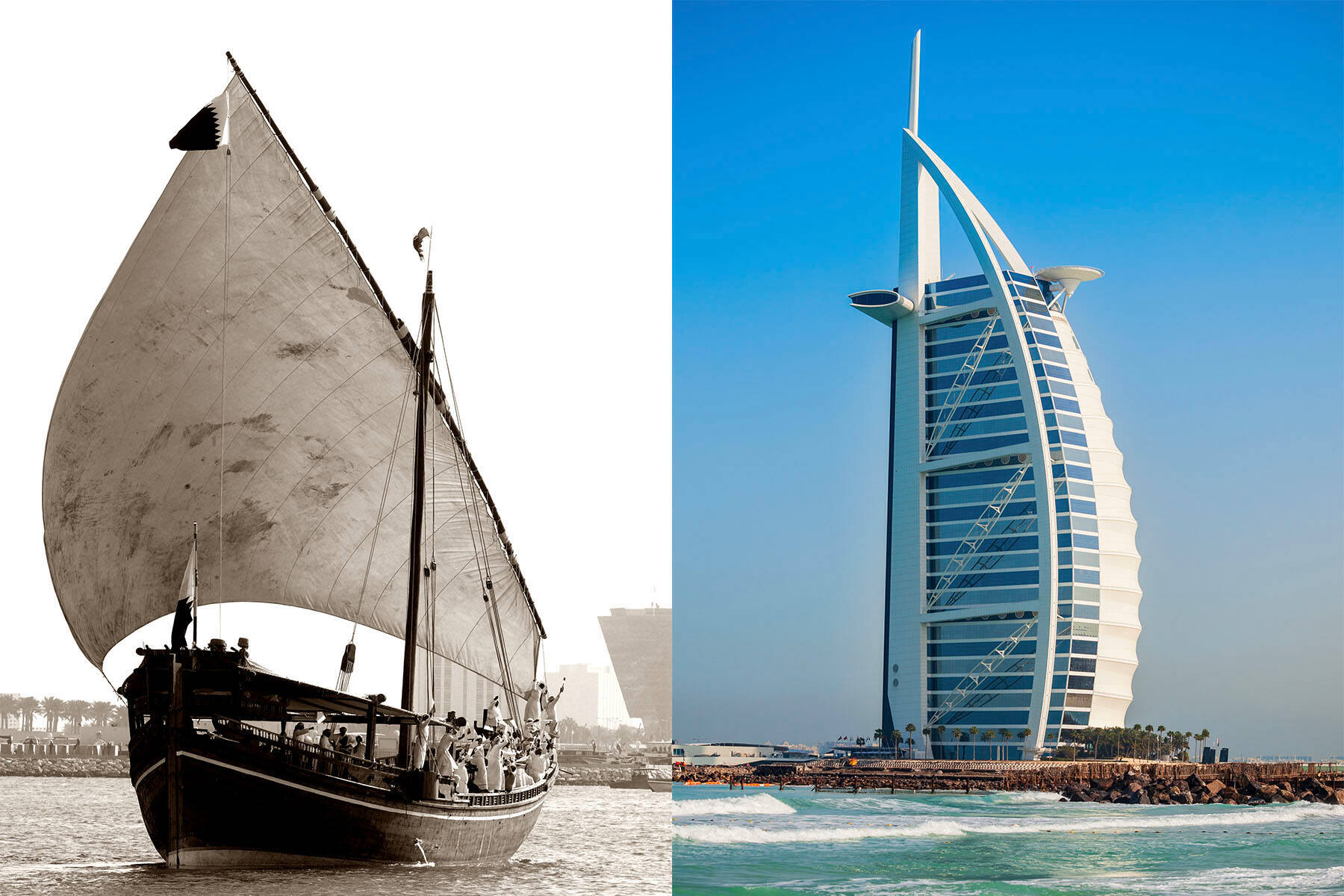
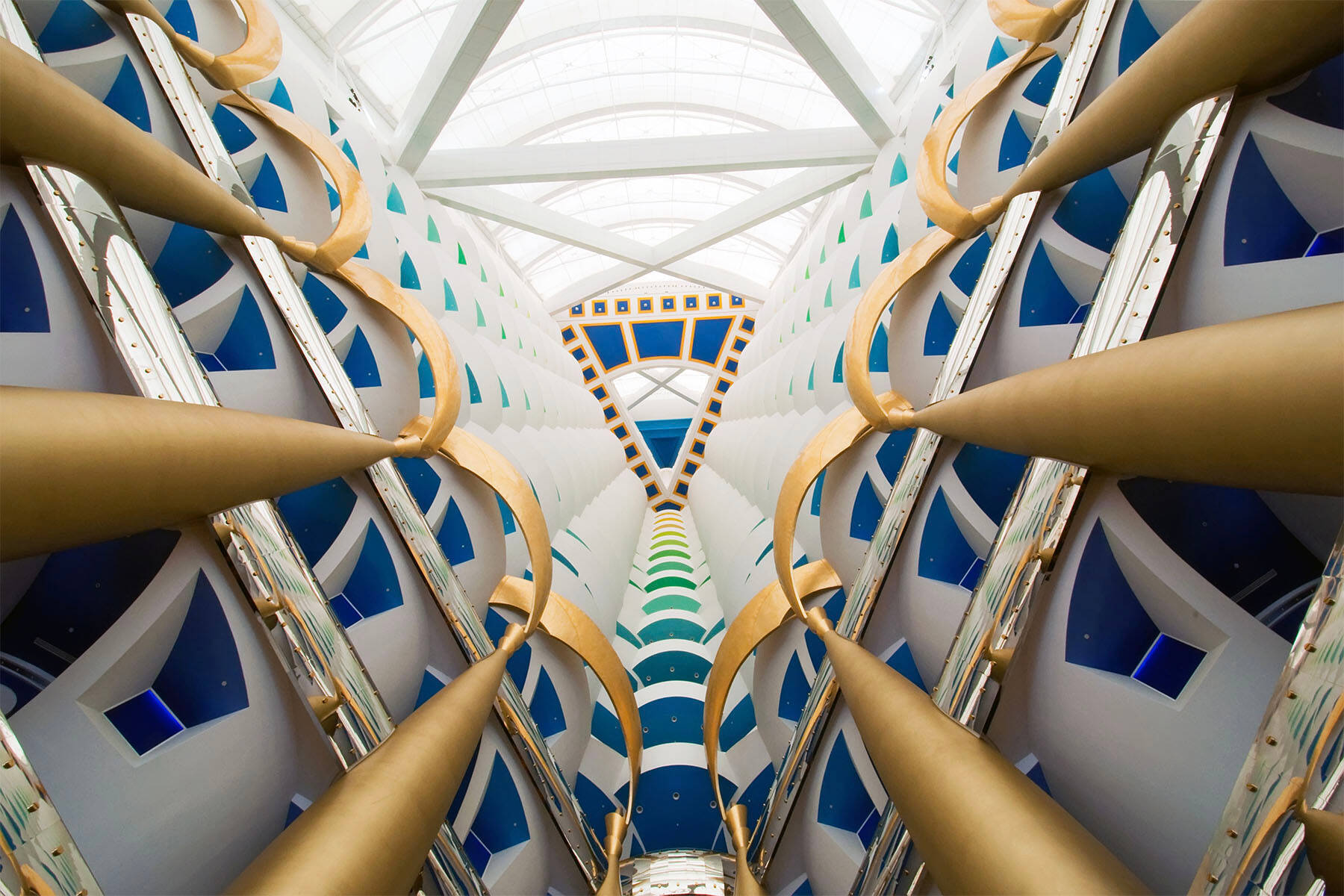
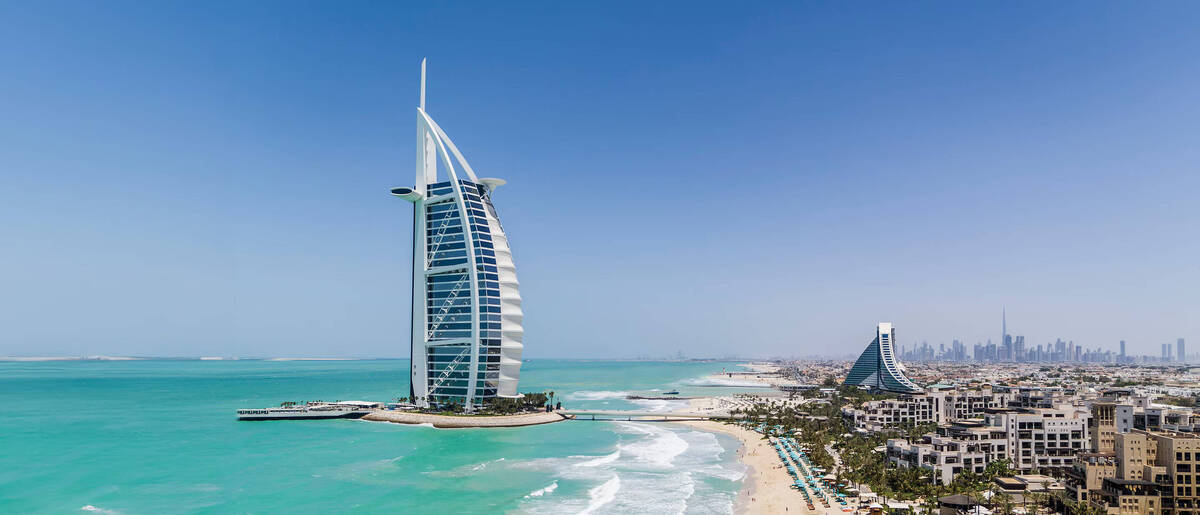

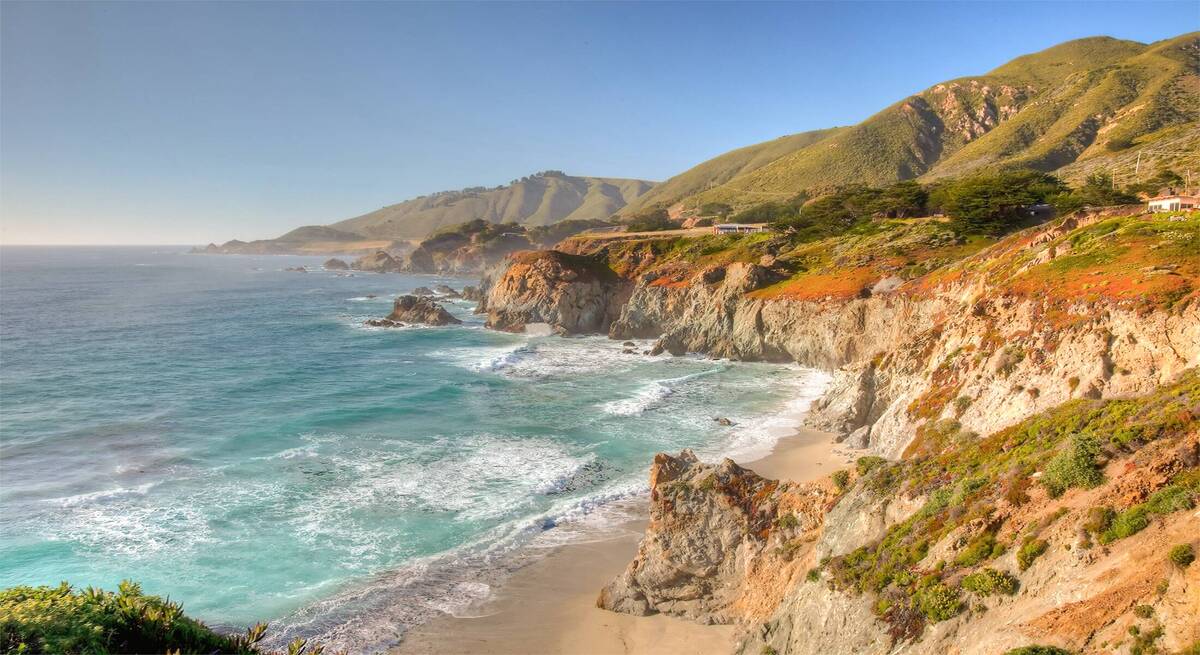

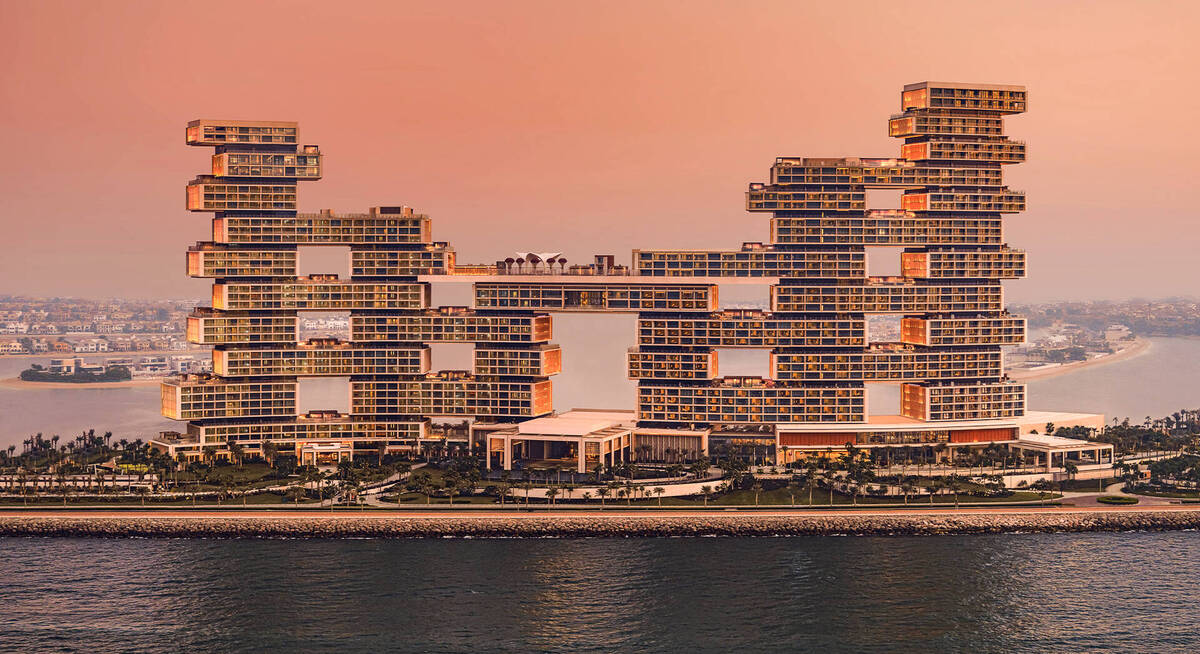













Comments